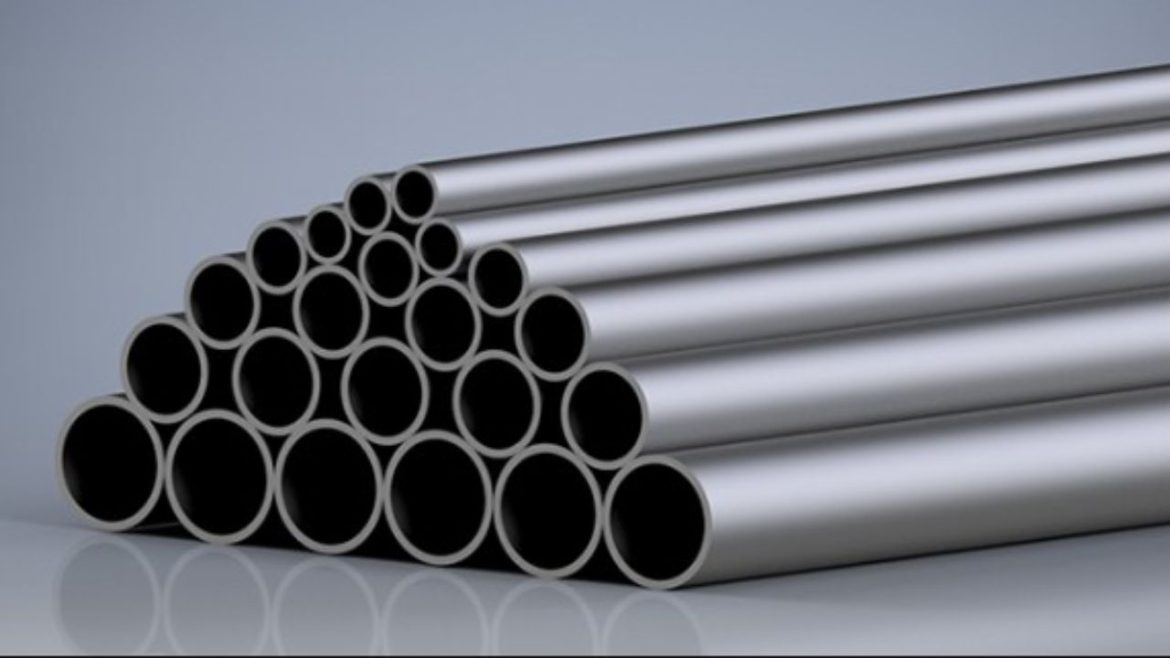Engineers working with Schedule (SCH) pipe materials need to realize what they have to provide and how to design the piping systems, whether they are dealing with industrial pipes, structural pipes, or even the mechanical piping system. The wall thickness of a pipe is also called Schedule, and plays a huge role in determining the pipe pressure, weight, and material adaptability to fit certain uses. But the selection of the right sch material pipe is not limited to selecting a schedule number. To make their projects safe, efficient, and compliant, engineers should look at the composition of the different materials, the temperature tolerance, corrosion resistance, and the standards under which these pipes are governed.
Expectation of the Meaning of Pipe Schedule
SCH or schedule is a standard system of specifying wall thickness. The most popular schedule numbers are SCH 10, SCH 20, SCH 40, SCH 80, and SCH 160. The American National Standards Institute ( ANSI ) has defined these numbers, and they are built into standards. The greater the number of the schedule, the thicker the wall of the pipe, and the greater the pressure that the latter can resist. As an example, a SCH 40 schedule pipe is thinner-walled when compared to the same-sized SCH 80 pipe.
The system of schedules keeps consistency, achieving diversity in sizes of different pipes and even materials used, so that an engineer can make an appropriate decision regarding pressure, mechanical pressure, and other conditions offered by the environment. It should be mentioned that the number of the schedule does not change with the diameter of the tubes, but the actual thickness of the wall does change.
Composition and Standard of Materials
The grade of material that is being utilized in SCH pipes is an aspect that engineers should take care of critically, since it can directly influence the strength, the ability to resist corrosion, and the compatibility of the pipe with various other materials (fluids or gases). SCH pipes like the ASTM A53 and ASTM A106 are normally made of carbon steel to apply in those tasks that require moderate pressure and temperature. These materials are most appropriate in oil, gas, steam, and water pipelines.
Stainless steel pipes can be used in applications where much corrosion resistance is needed or where a high-purity environment is encountered. Examples of stainless steel schedules include Schedule 40S and Schedule 80S, with the ASTM A312 being a commonly used standard. The pipes are best suited for processing food, pharmaceuticals, and chemical transportation.
The engineers should also be informed about dual-certified materials that conform to both the standards of carbon and stainless steel. Proper choice of material guarantees long service life and limitation of the cost of maintenance, especially in a corrosive or high-temperature regime.
Behavior under Pressure and Temperature
Internal pressure resistance of SCH pipe has a direct dependence on the wall thickness and material strength. The extra thickness permits a higher pressure rating, and SCH 80 and SCH 160 pipe are used in heavy industrial applications like steam lines, high-pressure chemical deliveries, and oil refineries.
Nevertheless, compositions can alter in performance greatly due to temperature. Although carbon steel pipes are useful in low/medium temperatures, they do not have strength at high temperatures. Higher amounts of stainless steel, especially in chromium and nickel, lead to the stainless materials being thermally stable and finding use in high heat.
To ensure the proper evaluation of the operating limits of the SCH pipes in a particular design situation, engineers have to refer to pressure-temperature charts and material data sheets. Misjudgment on the capacity of a material will cause it to fail dangerously, whereas the weakening of a material that could have had the capacity to be used might cause excessive waste of cost and weight.
Industrial Applications
The application of the SCH pipe materials is diverse and widely available in most industries, including construction and energy, food production, and pharmaceutical industries. Carbon steel SCH 40 Pipes are generally used in construction to build supports and structures. SCH 80 or greater pipe schedules are commonly utilized in the oil and gas industry on high-pressure pipelines conveying crude oil, natural gas, or steam.
Meanwhile, stainless steel SCH 40S pipes are durable, as well as hygienic, in delivering a clean process in industrial setups where hygiene is pivotal, such as dairy processing systems or clean-in-place systems in the pharmaceutical industry. Use of appropriate SCH pipe material in a given environment will lead to adherence to safety standards as well as possible mitigation of failure or contamination.
Conclusion
In summary, SCH pipe materials are used as the main body pipeline in just about any engineering discipline. The following factors are to be considered by the engineers when selecting the right schedule and material: pressure rating, allowable temperature, resistance to corrosion, industry needs and standards, and project requirements. An in-depth familiarity with SCH designations and the material forming their foundation not only leads to technical success but also to the sustained safety and cost-effectiveness of the operations.

